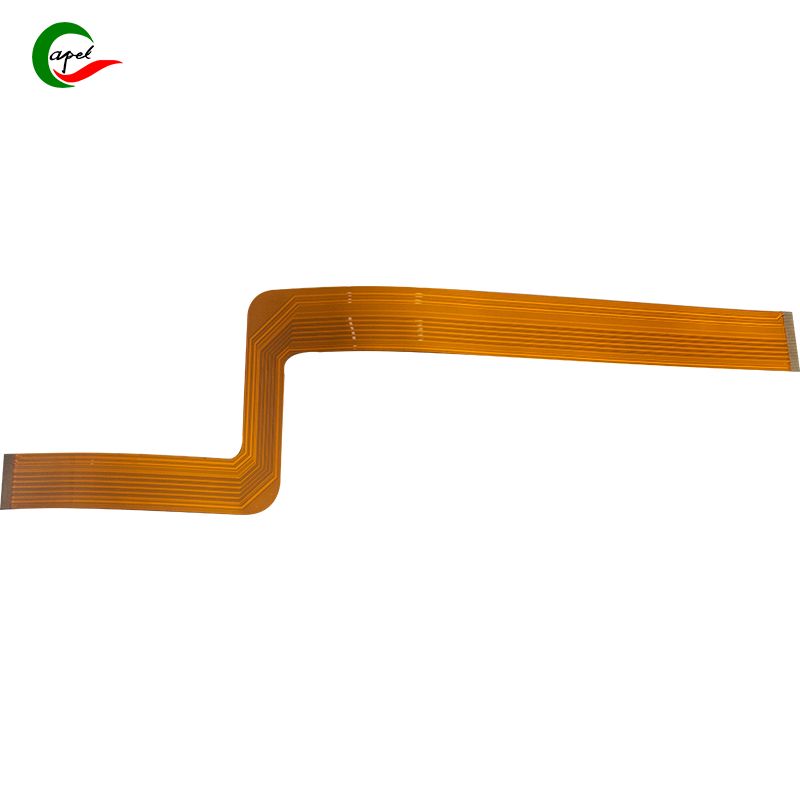Date: 2025-10-15
Working with trace widths below 50μm feels like walking a tightrope - the margin for error virtually disappears. I've seen designs that looked perfect in simulation get completely derailed by etching variations that would be negligible on larger traces. Here's what we've learned about maintaining precision at these microscopic scales.
The Photoresist Foundation: Where Precision Begins
Getting the photoresist right is arguably the most critical step for sub-50μm traces. We learned this the hard way on a medical sensor project where 2μm variations made the difference between functional boards and scrap.
We've standardized on negative-tone photoresists for all traces below 50μm. The edge definition is noticeably sharper than positive-tone alternatives. Dry film around 2-3μm thickness has become our go-to - anything thicker creates overhang issues that amplify undercut.
The coating method matters more than people realize. For prototype runs, we use spin coating at 4000 RPM, which gives us consistent 2.5μm films. For production batches, we've switched to slit die coating exclusively. The elimination of bubbles and thickness variation is worth the setup time.
Our breakthrough came when we started using oxygen plasma cleaning before resist application. The 45-second, 75W treatment not only cleans the polyimide surface but creates microscopic anchoring points that dramatically improve adhesion. This single step reduced our etch failure rate by 30%.
Mastering the Etch Process: The Art of Control
Undercut becomes public enemy number one when you're working with 40μm traces. We think of it in percentage terms - 5μm undercut on a 100μm trace is manageable, but on a 40μm trace, it's catastrophic.
We've completely moved away from alkaline etchants for fine features. Acidic ferric chloride at 1.3 specific gravity has become our standard. The vertical etching characteristic gives us about 40% better undercut control compared to alkaline solutions.
Temperature control is brutal but essential. We maintain our etchant at 32°C ±1°C. Go colder and you get inconsistent results; warmer and undercut jumps to 6μm or more. We installed a dedicated chiller-heater unit just for our precision etch line.
Spray pressure needs to be dialed back for these fine features. We run at 1.3 bar - enough to ensure consistent etching but gentle enough to avoid washing away the definition. The etching time is precisely controlled with optical endpoint detection. Every extra second costs us 0.5μm in undercut.
Equipment and Verification: The Unsung Heroes
The move to laser direct imaging (LDI) was transformative for our sub-50μm work. The elimination of physical mask alignment issues gave us an immediate 2μm improvement in positional accuracy. Our LDI system maintains 1.5μm registration, which is essential when you're working with these tolerances.
Etching machine maintenance is now religious. We calibrate spray nozzles every three weeks and document the results. A single misaligned nozzle can create 4μm variations across the panel - unacceptable when your total tolerance might be ±3μm.
Inspection at these scales requires the right tools. We use digital microscopy at 350x magnification for routine checks, but for new processes or failure analysis, we break out the SEM. The level of detail is incredible - we can see individual grain structures and identify etch rate variations that optical microscopy would miss.
Common Pitfalls We've Encountered
One of our early mistakes was assuming any thin photoresist would work. We learned that resolution and adhesion vary significantly between products, even with similar thickness specifications.
Another lesson: don't skip the plasma cleaning, even for "clean" panels. We traced a persistent undercut issue back to microscopic contamination that only plasma removal could address.
Perhaps the biggest mindset shift was accepting that visual inspection is useless at this scale. We now require quantitative measurement of every critical feature.
The Reality of Sub-50μm Processing
Success with these fine traces requires treating the entire process as an integrated system. The photoresist, etch chemistry, equipment, and inspection all need to be optimized together.
We've found that the ±2μm tolerance target is achievable but requires relentless attention to detail. The boards that meet this standard open up applications in medical implants, high-density wearables, and advanced micro-sensors that simply weren't possible with coarser features.
The most satisfying moments come when we see these microscopic traces performing flawlessly in finished products, knowing the precision and care that went into every micrometer.
related link:
Capel manufacturing PCBs since 2009. Professional technology and high-precision Printed Circuit Boards involved in Medical, IOT, UAV, Aviation, Automotive, Aerospace, Industrial Control, Artificial Intelligence, Consumer Electronics etc..